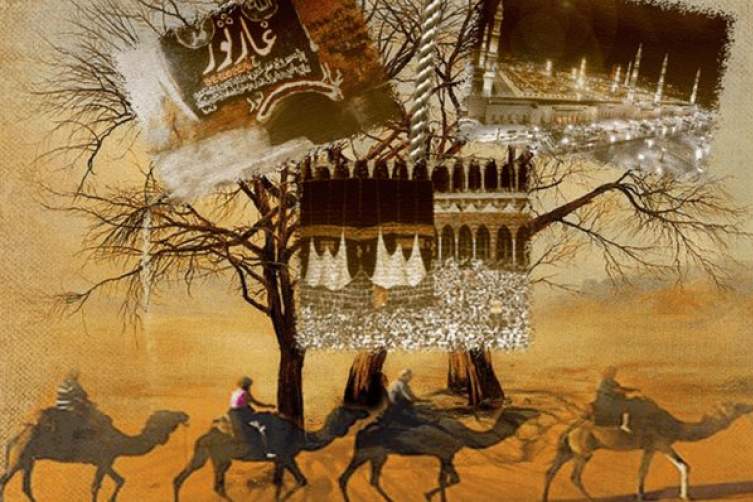The event of hijrah highlights two important aspects of the Prophet’s life (peace and blessings be upon him):
– His genius planning and visionary thinking.
– His trust in Allah Almighty, and his close connection to the Creator.
Anywhere in the Prophet’s biography, you cannot but notice these two traits of his character coming in pair.
Let’s examine the event of hijrah as a sample of many events in his life. You can see the two traits complementing each other in one man, in one story.
The genius Prophet
Many Muslims envision the Prophet as a spiritual leader who waits for commands from his Lord before EVERY political step.
It is true that, in terms of legislation and Islam’s rulings, Prophet Muhammad is a messenger who delivers Allah’s message to the people. Allah says,
{If he [the Prophet] had attributed some fabrication to Us, We would certainly have seized his right hand. Thereafter indeed we would have cut off his life artery. Then in no way would anyone of you (be) debarring (Us) from him. } (Al-Haqqah 69:44-47)
But when it comes to politics, worldly affairs, tactics of war, and dealing with different challenges, many of those choices were left to him to take as a human being and as a leader.
He consulted his people and tried to examine every step before he moved. It is this aspect of his life that fascinates me the most, because this is what inspires us to follow his footsteps and integrate his teachings into our lives.
Back to the story of the hijrah, and to the outside-the-box thinking and planning done by our beloved Prophet, we observe the following:
Knocking all doors in search for Muslim capital
Seven years after the message of Islam started, Quraish boycotted Banu Hashim (the Prophet’s tribe) because they insisted on protecting him. This resulted in a 3-year siege for the whole tribe, which ended in the 10th year.
Two big supporters for Islam died shortly after that: Abu Talib, the Prophet’s uncle, and Khadijah, his first and only wife back then. It seemed that the progress of Islam has reached a dead end.
We all know that he ended up migrating to Madinah, but many times we overlook the planning, the tactics, and the human effort that preceded this great event:
– Shortly after the death of Abu Talib, the Prophet made a move towards At-Taif (a rival city to Makkah, and the second largest city in Arabia). He was rejected there in a vulgar way. This move deprived him of his privileges that protected him in Makkah as a member of Banu Hashim.
– He was able to negotiate an “asylum” to get back to Makkah under the protection of a pagan leader, “Mut`im ibn `Adey”.
Mut`im helped the Prophet in this difficult time because of his high manners. However, that was also a form of showing his political power (that he can give refuge even to the most wanted man in Makkah).
– The Prophet knew that Mut`im’s “visa” cannot last for a long time. So, he and resumed looking everywhere for another tribe. The best opportunity for him was the Hajj season when All tribes of Arabia come to Makkah to offer their dues to the Kabah.
📚 Read Also: Lessons from Hijrah & Why the Prophet Chose Madinah
One might look at this season as the annual festive of idolatry and disbelief in Arabia (and truly it was). But our amazing Prophet used the same opportunity to spread Islam and offer his message to different other tribes.
For most of them, he had to consider their military power, their strengths and weaknesses, and their political taste or interest, with the help of the expert in genealogy of all Arabs, his Companion Abu Bakr As-Sidique (may Allah be pleased with him).
Pages: 1 2

